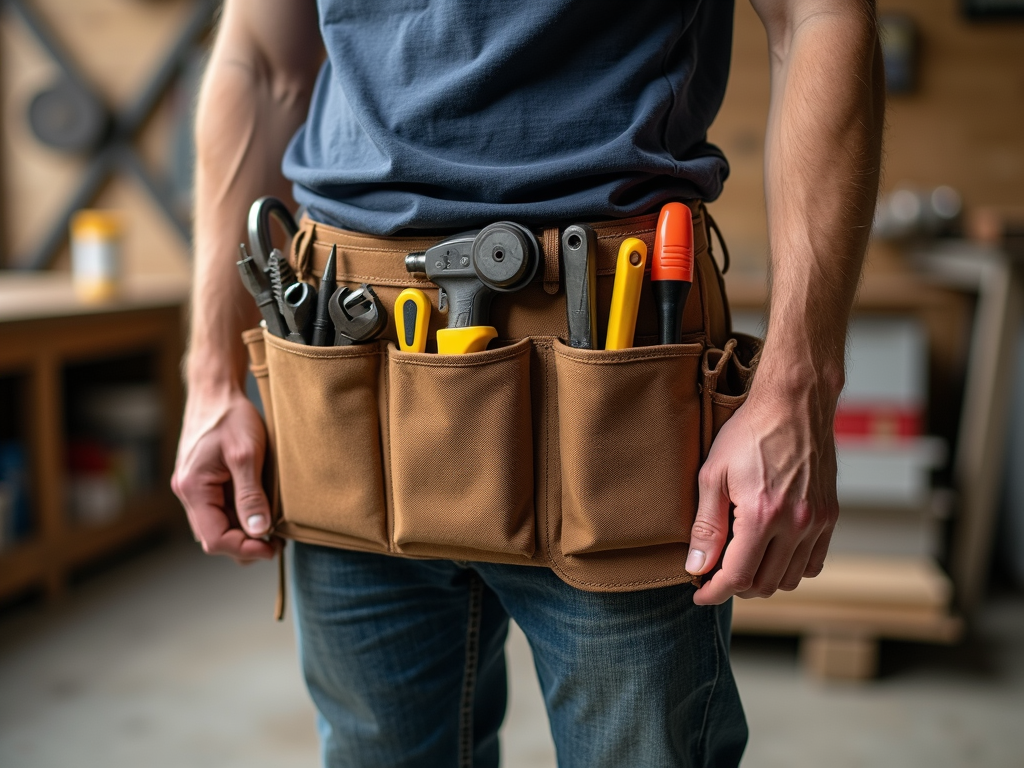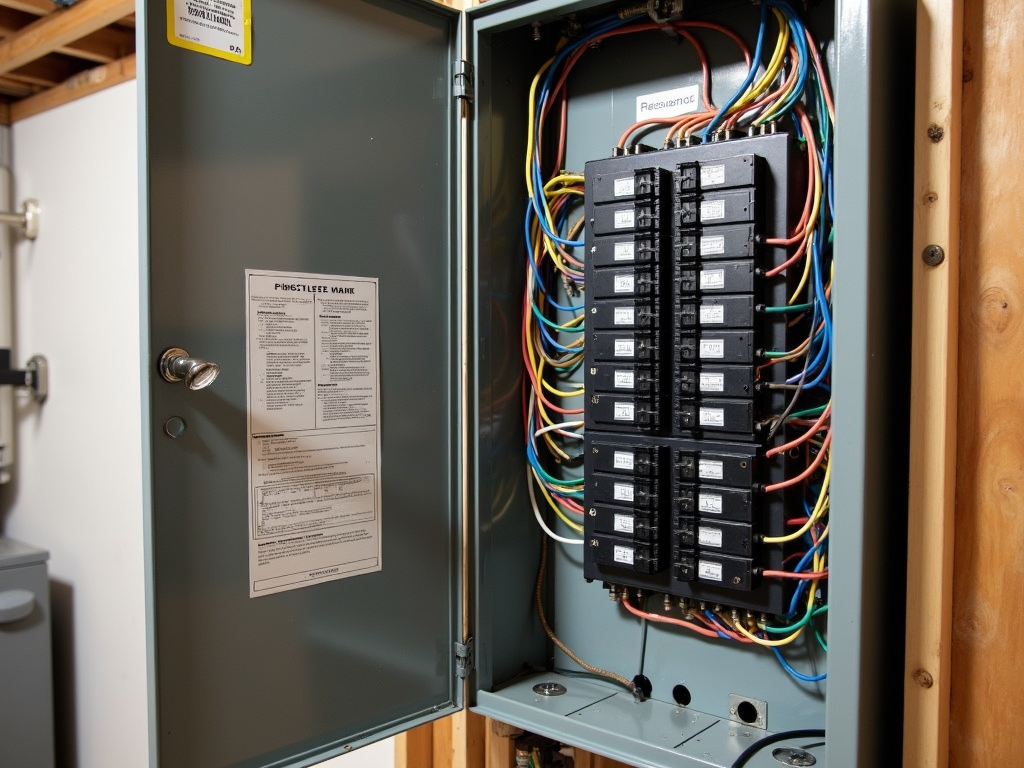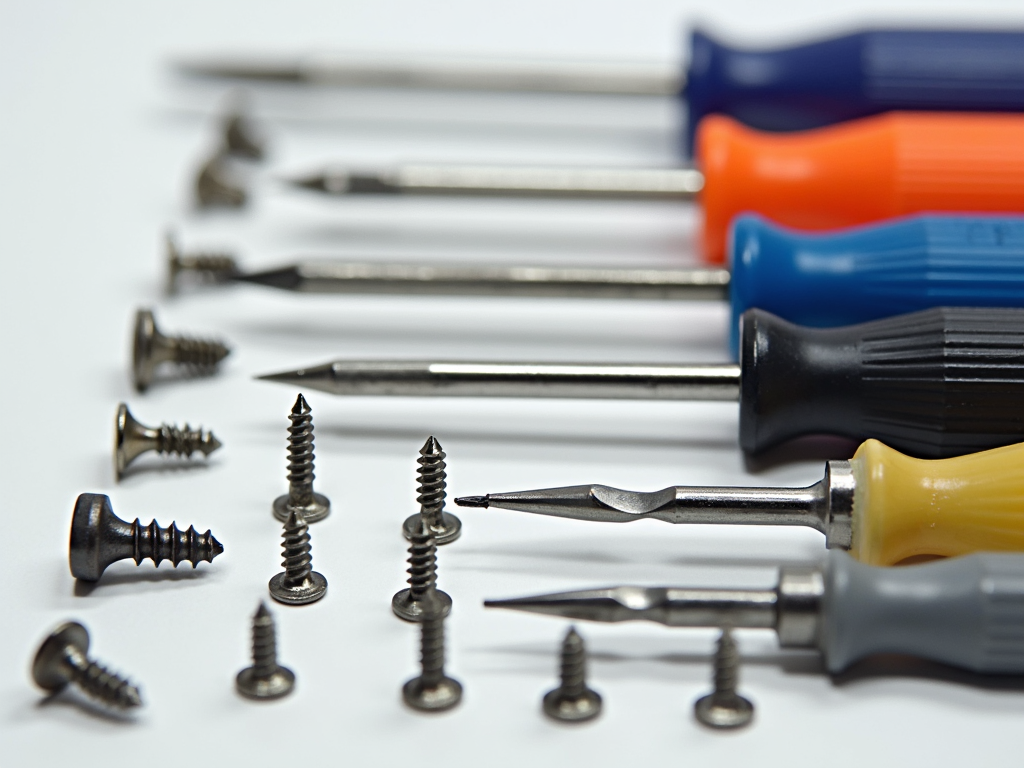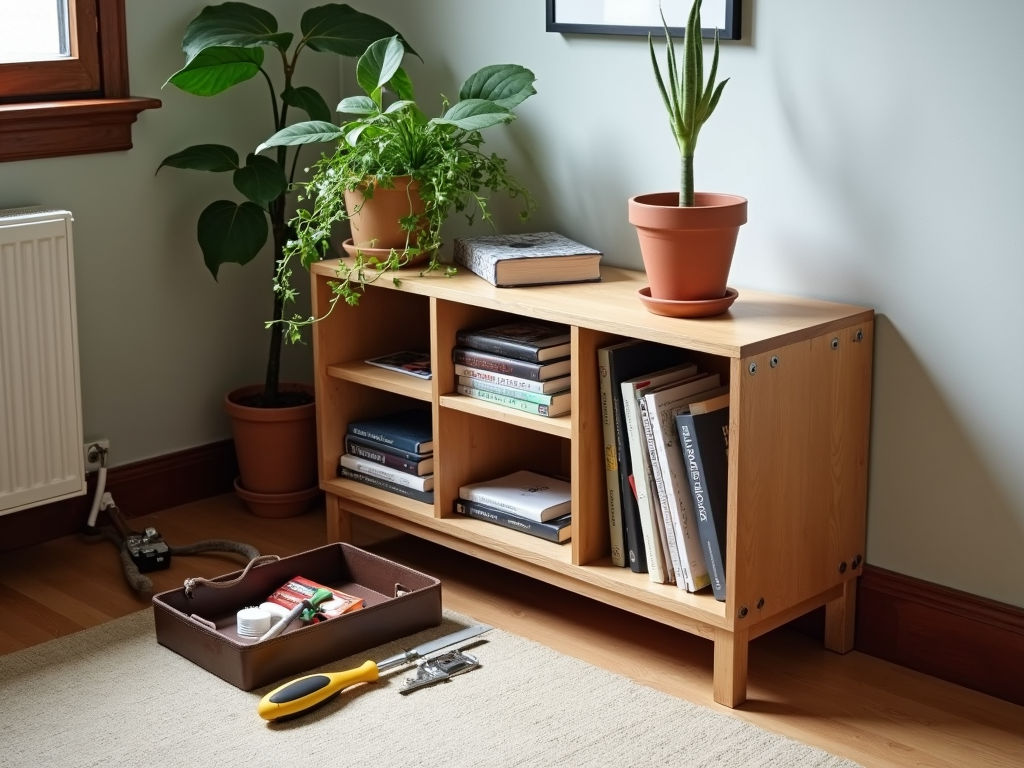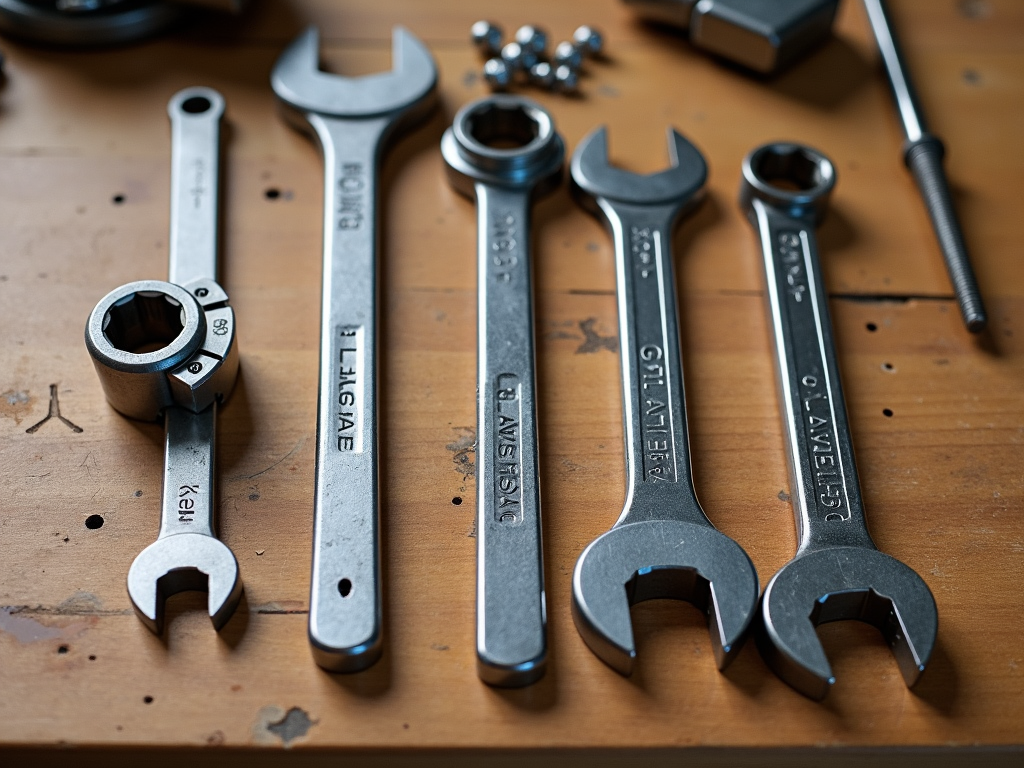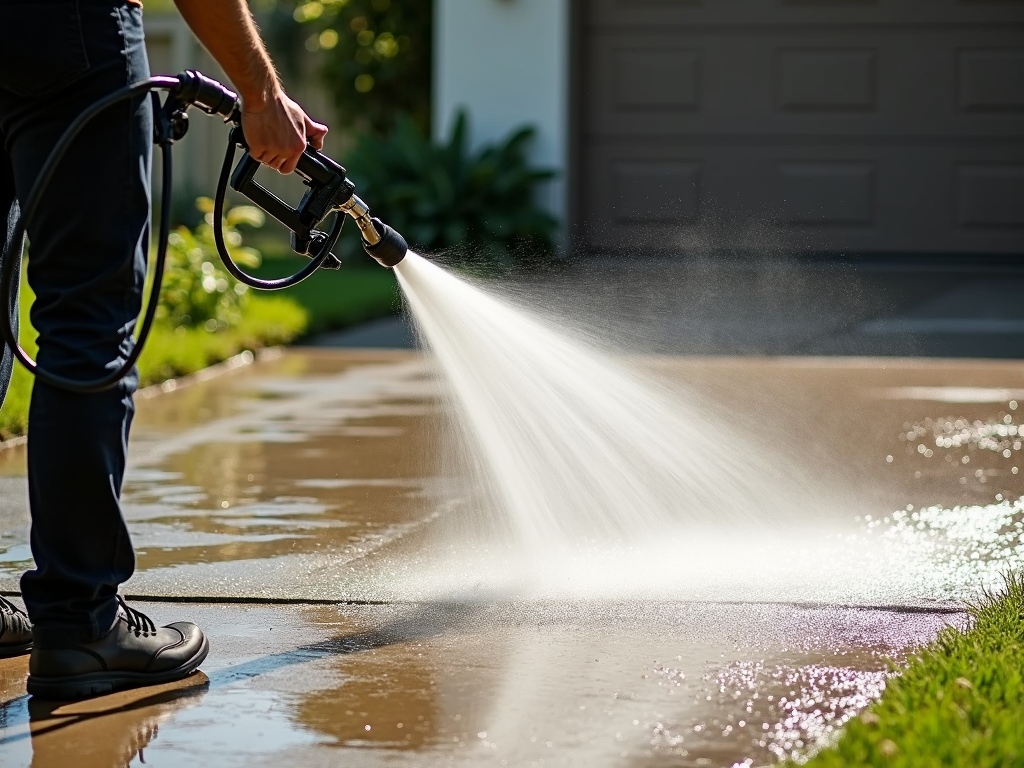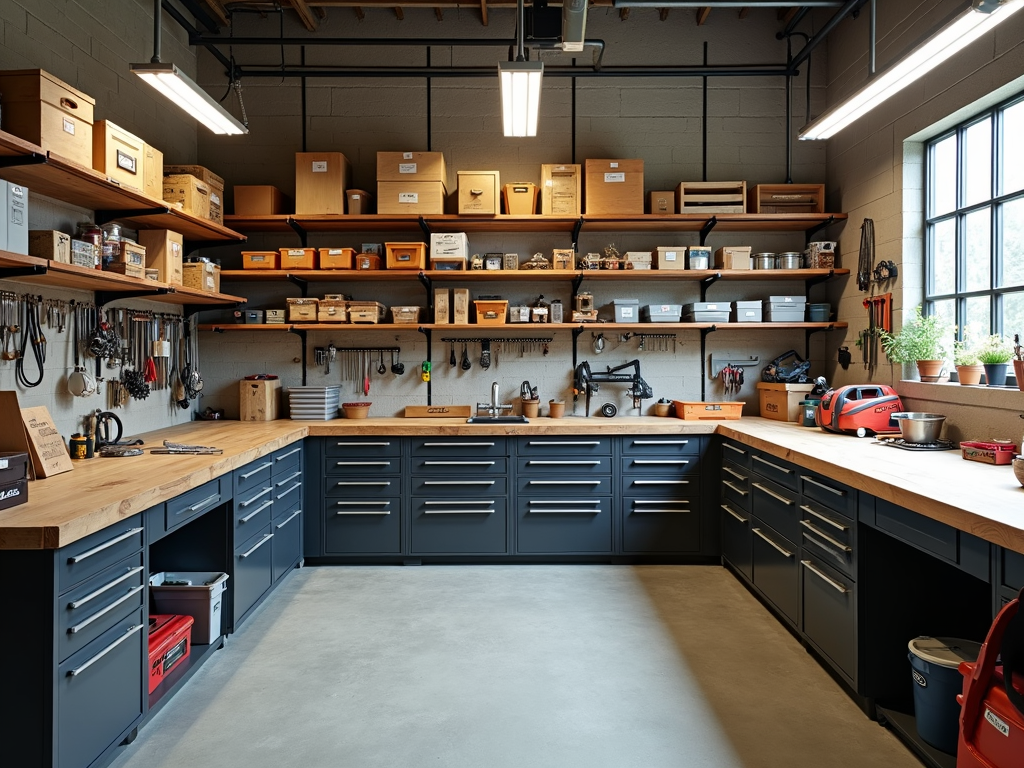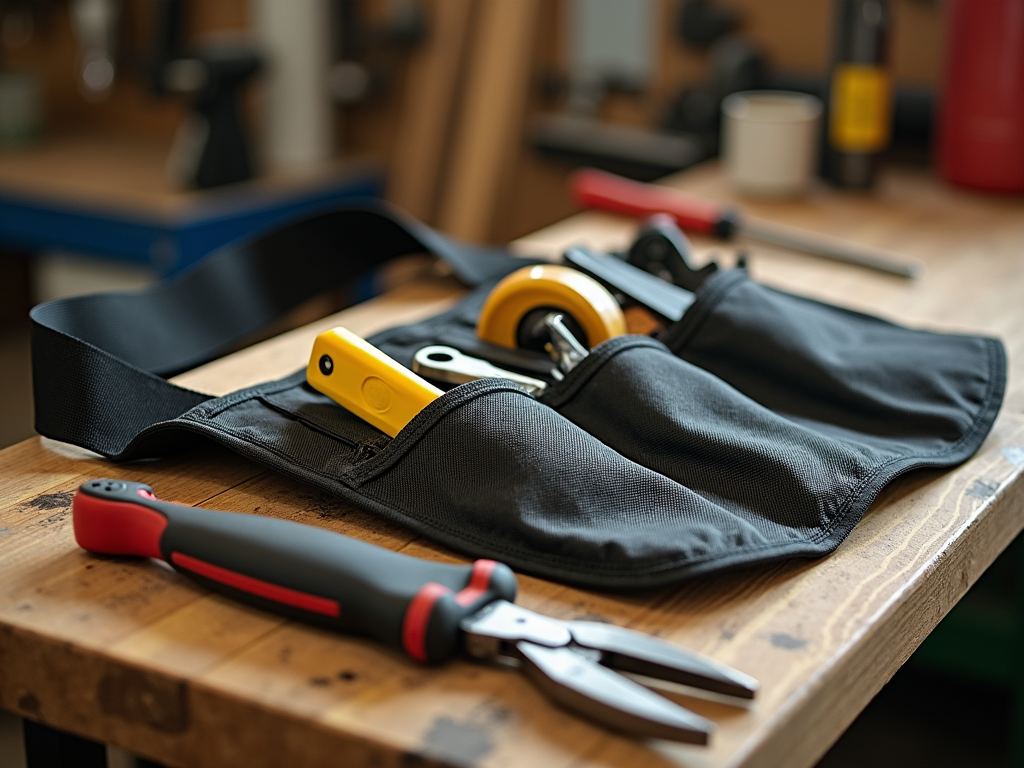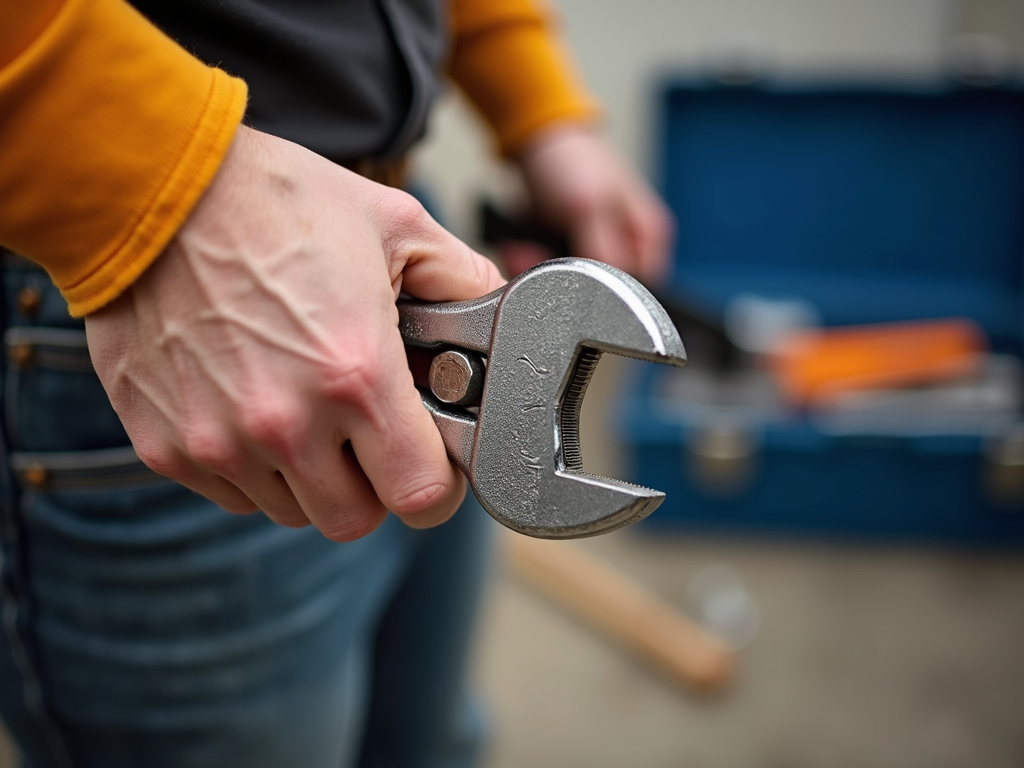Woodworking is a fantastic hobby that lets you craft beautiful, useful items with your hands. But for beginners, safety is the top priority. This Beginner’s Guide to Woodworking Safety offers simple, practical advice to keep you safe while you learn. From setting up your space to picking the right tools, these tips will help you start strong.
Setting Up a Safe Workspace
Your woodworking journey begins with your workspace. A safe setup prevents accidents and makes projects more fun. Keep it well-lit so you can see every detail. Good ventilation clears out dust and fumes—especially important when using glues or stains. A sturdy workbench at the right height keeps you comfortable and in control.
When I started woodworking, I ignored clutter. Big mistake. One day, a messy bench caused a chisel to fall and nick my foot. Now, I clean up after every session. Trust me, a tidy space saves you trouble. Use pegboards or shelves to keep your tools handy but secure.
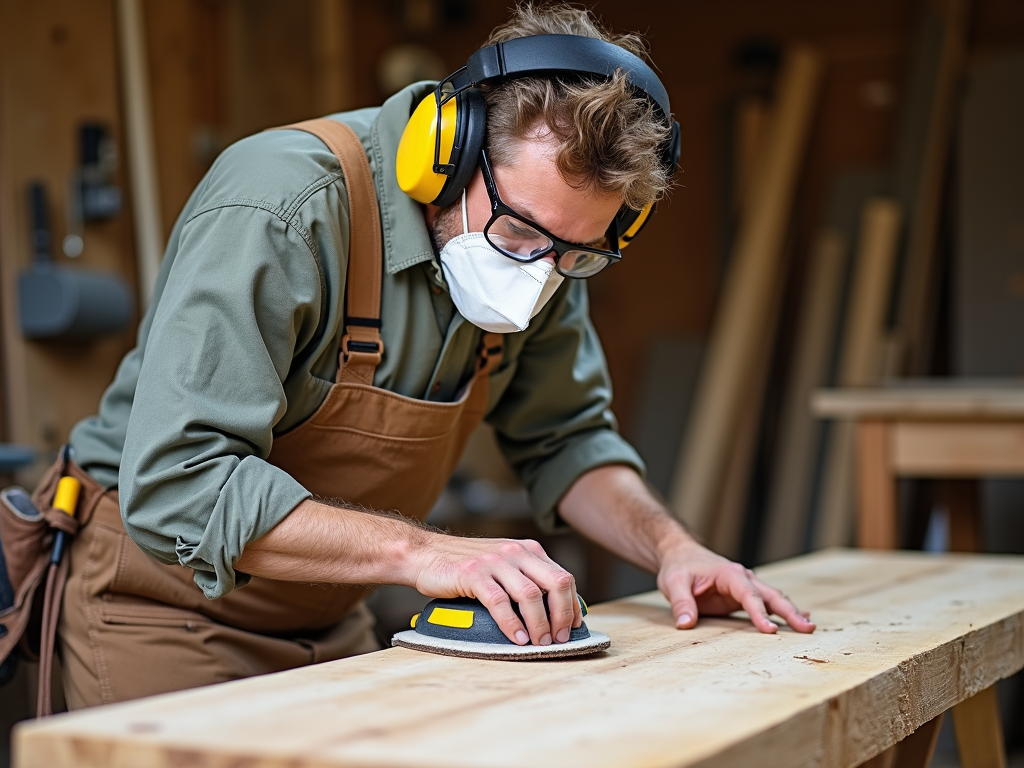
Personal Protective Equipment (PPE)
Wearing the right gear protects you from harm. Safety glasses shield your eyes from flying wood chips. Ear protection saves your hearing from loud tools like drills. A dust mask stops you from breathing in sawdust, which can irritate your lungs. Skip gloves near machines—they can get caught and pull you in.
I learned about safety glasses the hard way. A tiny splinter flew into my eye once, but my glasses stopped it from being worse. Get a pair that fits well and won’t slip. Your eyes are worth it. For dusty jobs, upgrade to a respirator if you can—it’s a game-changer.
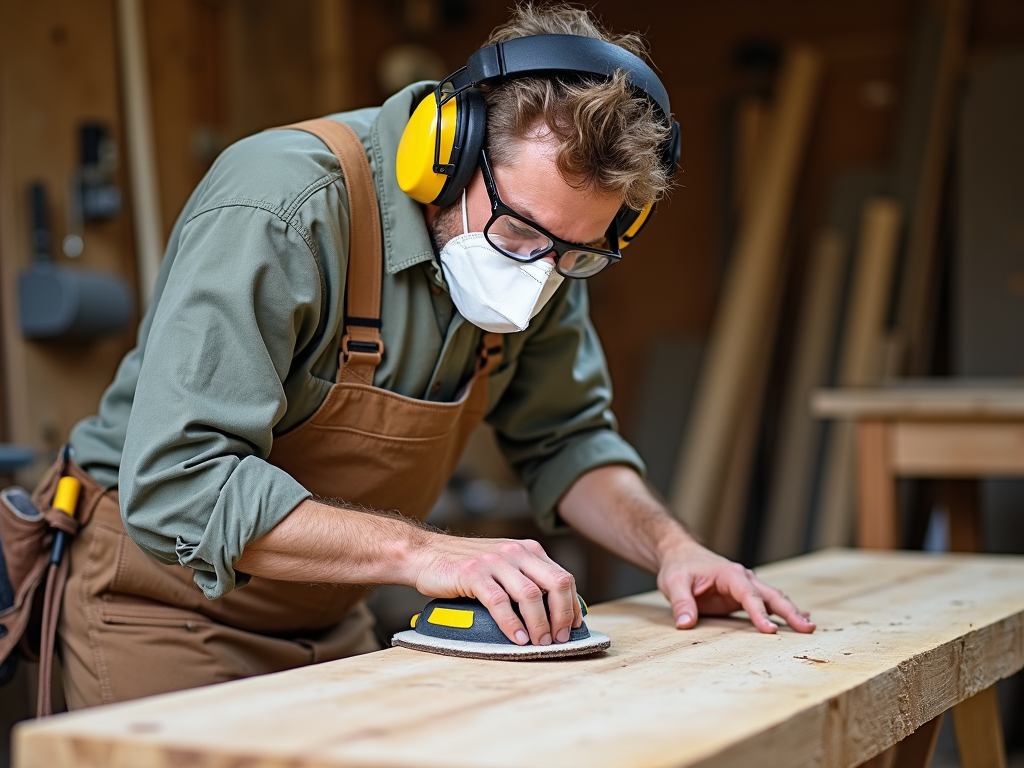
Tool Safety Basics
Tools are your best friends in woodworking—if you use them right. Start with hand tools like hammers, chisels, and saws. They’re easier to control than power tools. Always check the manual for safety tips. Sharp tools cut cleaner and safer, so keep them maintained.
Here’s a quick list of safety tips for common tools:
- Hammer: Pick one that’s not too heavy and check the handle for cracks.
- Chisel: Use a mallet to drive it, not your hand.
- Saw: Keep fingers clear of the blade and use a push stick with table saws.
Power tools need extra care. Unplug them when you’re done, and never leave them running unattended. I once forgot to clamp a board while using a drill. It spun off the table and nearly hit me. Now, I double-check everything. Safety isn’t optional.
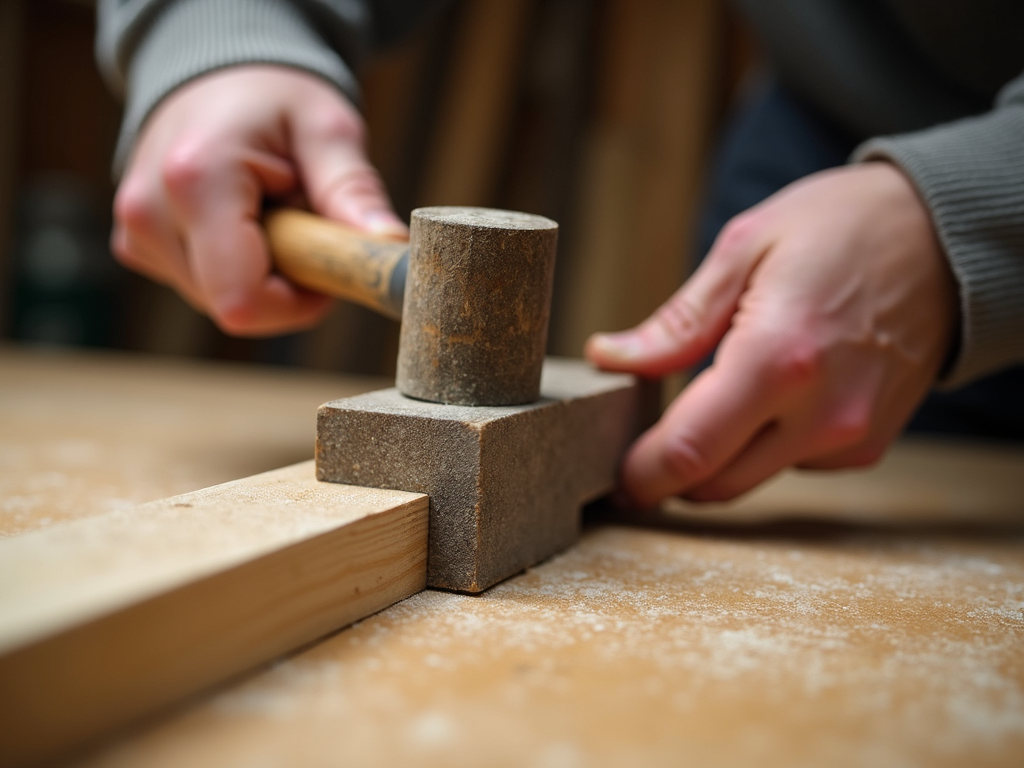
Choosing the Right Workman Tools
Beginners don’t need every tool out there. Focus on quality workman tools for beginners like a hammer, screwdriver set, and measuring tape. A solid toolbox keeps them organized and safe. As you grow, add power tools like a drill, but master the basics first.
Here’s a table of must-have tools:
| Tool | Why You Need It |
|---|---|
| Hammer | Drives nails, fits parts |
| Chisels | Shapes wood precisely |
| Handsaw | Cuts boards easily |
| Screwdrivers | Tightens screws |
| Measuring Tape | Ensures accurate cuts |
| Safety Glasses | Protects your eyes |
| Dust Mask | Keeps lungs clear |
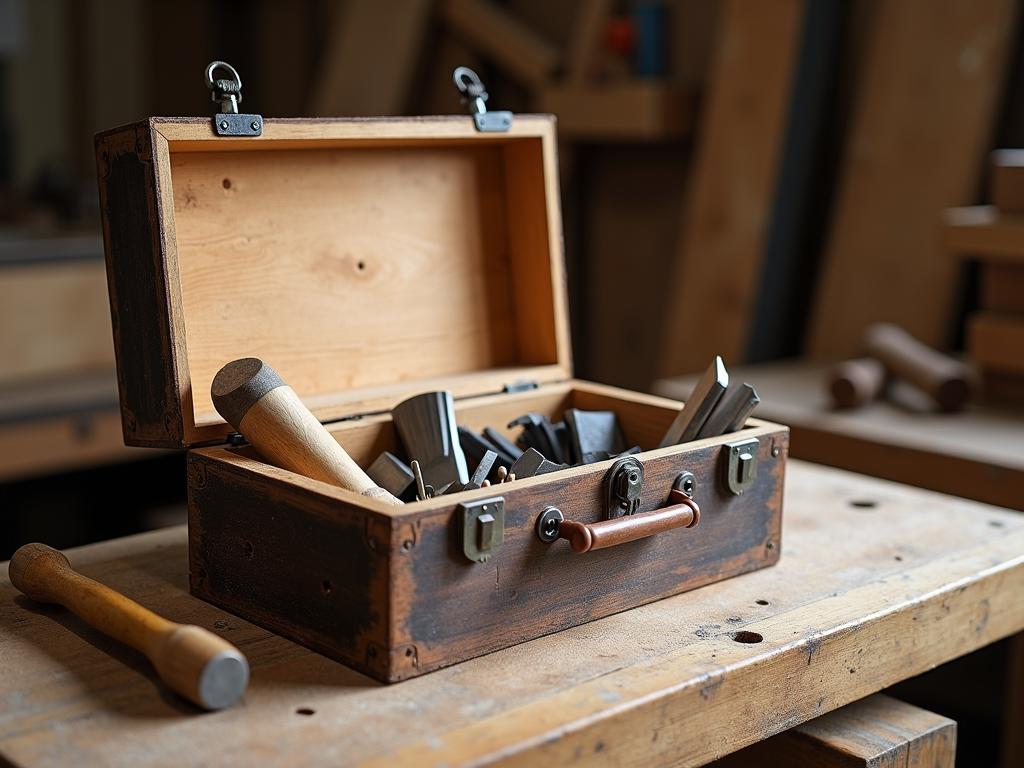
General Safety Practices
Some rules apply to all woodworking. Don’t work alone with power tools—someone should be nearby in case of trouble. Keep a first aid kit stocked and close. Take breaks to stay sharp; tired hands make mistakes. Fire safety matters too—keep a small extinguisher handy for sawdust sparks.
Fatigue got me once. I rushed a project late at night, misjudged a cut, and ruined a board. Worse, I nearly hurt myself. Now, I stop every hour to rest. It’s a small price for safety. The Occupational Safety and Health Administration says most accidents come from rushing—slow down.
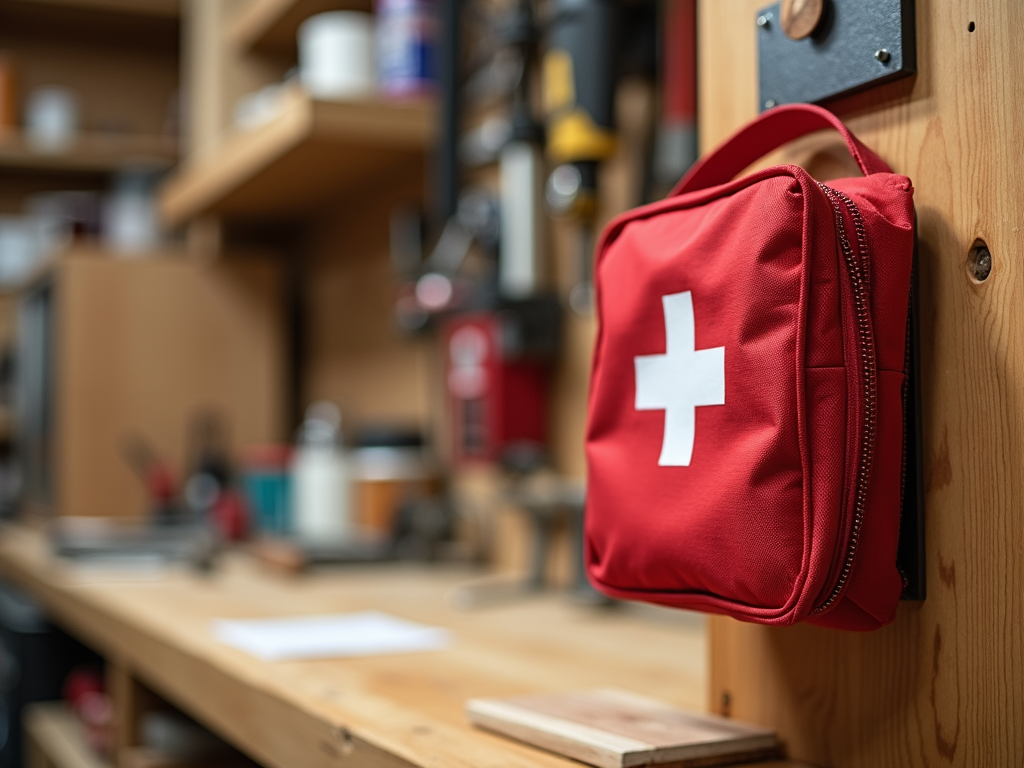
Avoiding Common Injuries
Beginners face risks like cuts, eye injuries, and dust-related problems. Sharp tools prevent slips—dull ones need force and can jump. Wear safety glasses every time; debris flies fast. For loud tools, ear protection is a must. Woodworkers Guild of America notes that 60% of injuries are avoidable with these steps.
I keep my tools sharp with a whetstone—it’s easy and safer. Once, I skipped my dust mask and coughed for hours. Now, it’s non-negotiable. These DIY Safety Tips Every Beginner Should Know build good habits early. Learn from pros online, like at Woodworking Talk.
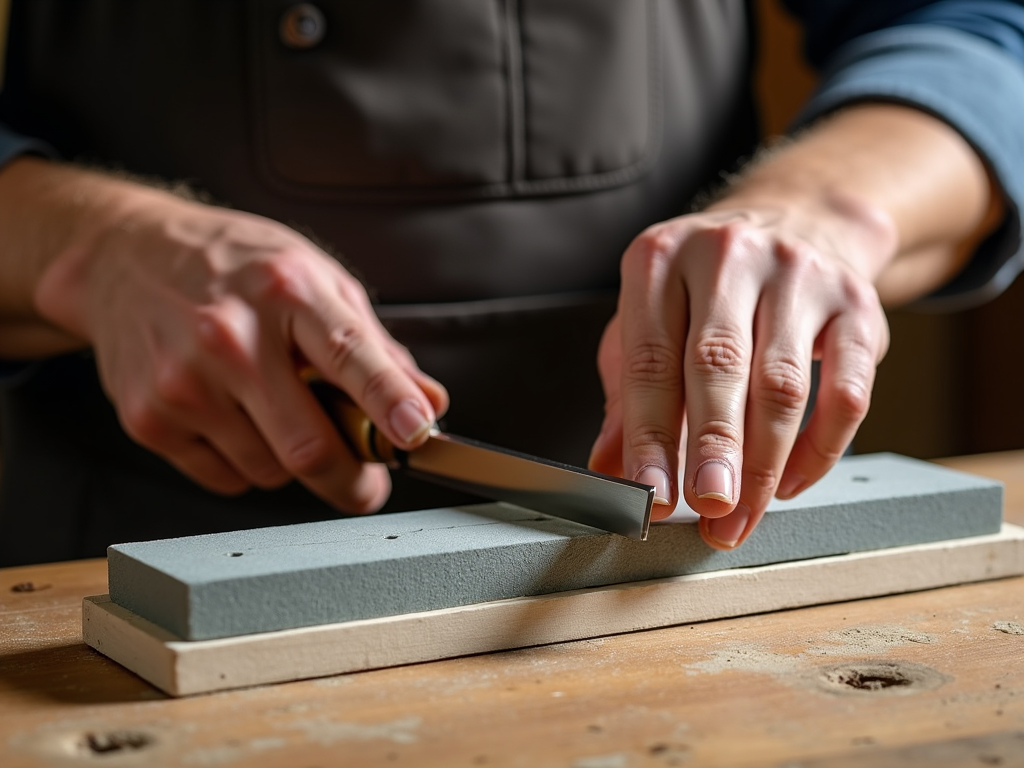
In short, woodworking is amazing when you stay safe. This Beginner’s Guide to Woodworking Safety covers your workspace, gear, tools, and habits. Start with the right workman tools, store them in toolboxes, and take it slow. Safety lets you enjoy every cut and carve. Happy building!
Related Beginner’s Guide to Woodworking Safety:
- Revolutionizing Industry: Advanced Electrical Tools for Automation
- The Ultimate Guide to Hand Tools
- Must-Have Wrenches for Every Toolbox
- Upgrading Your Home’s Electrical System
- Screwdriver Safety Tips for Beginners: Essential Guide for Safe Tool Use
- DIY Projects for Beginners: A Guide to Getting Started and Maintaining Your Tools
- How to Use Wrenches Safely: A Comprehensive Guide
- The Science Behind Power Washers: How They Work
- Top Workman Tools: Brands You Need to Know
- Advanced Techniques for Workshop Organization
- The Ultimate Guide to Tool Belts with Built-in Storage
- Essential Gear for New Contractors: Building Your Toolkit for Success

